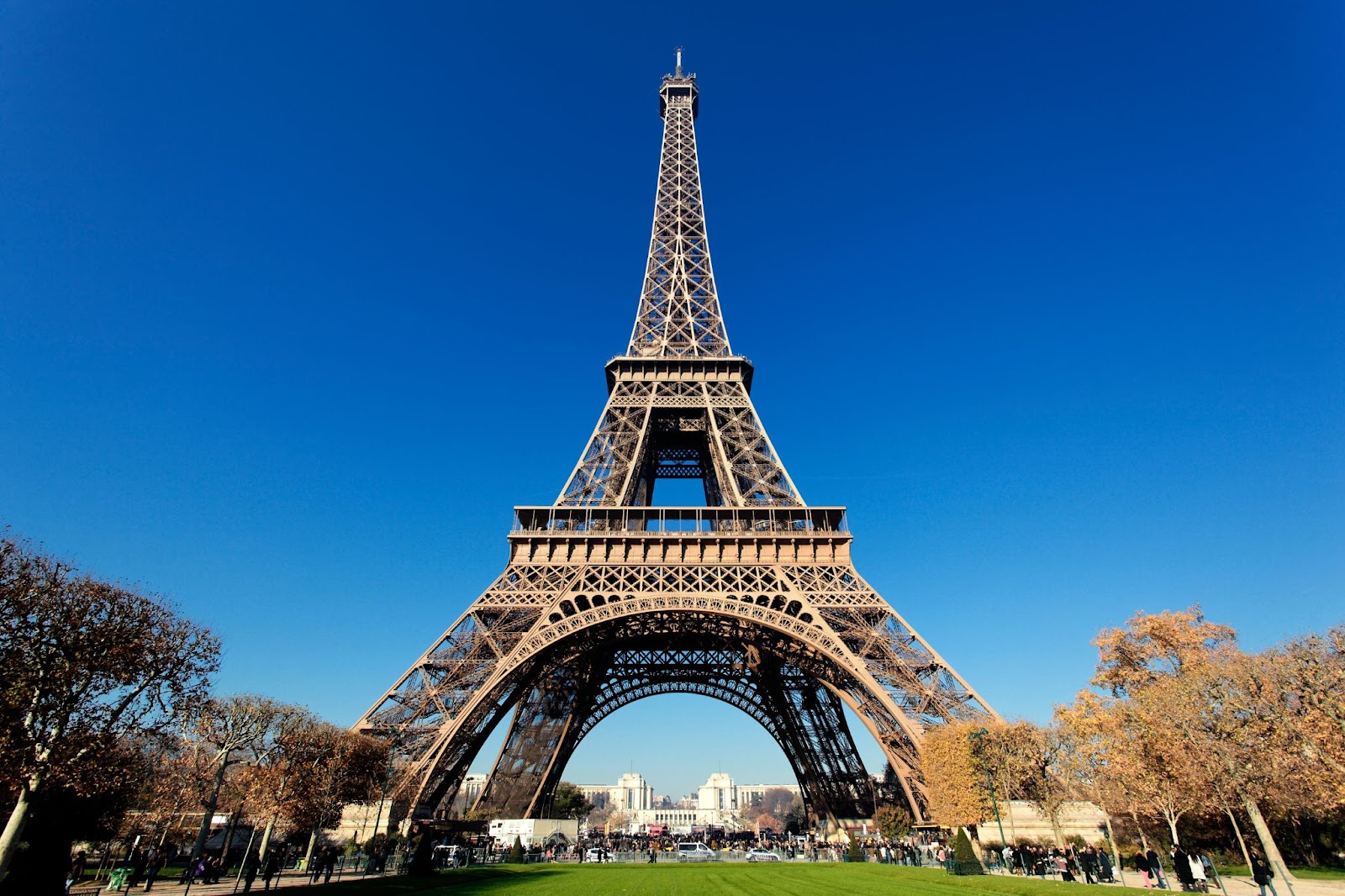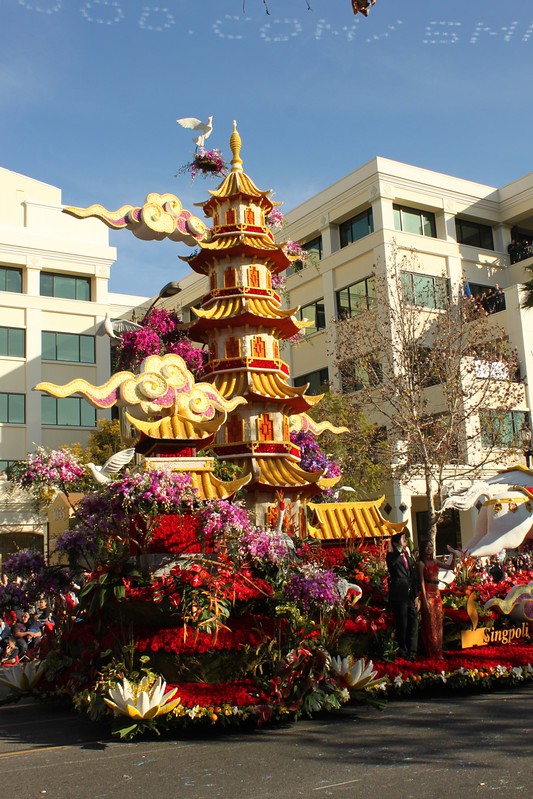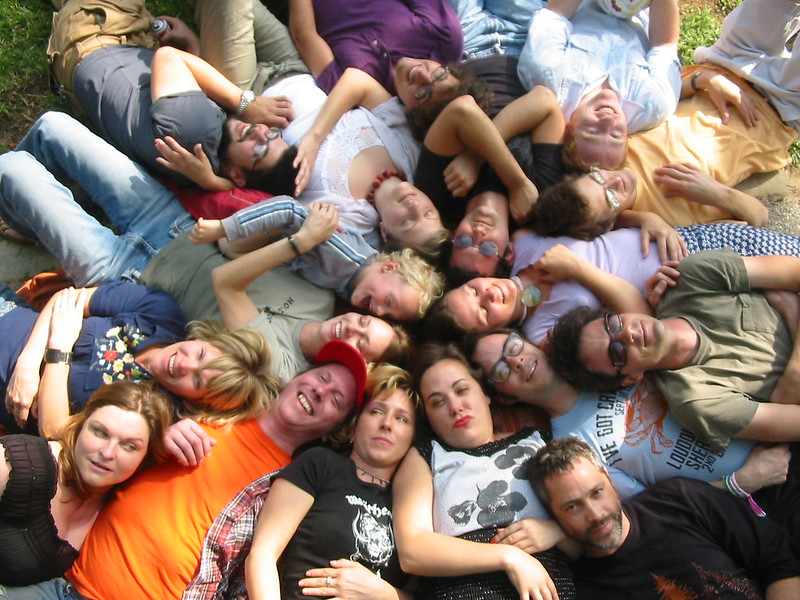Communities are defined by the challenges they face and the triumphs they achieve, just like individuals are. The community of French Deaf people is not any different. The history of the community is stunning and nearly sounds like something out of a fairytale. This article provides a peek of that fairytale.
What the deaf community in France now enjoys as sign language became law under Act No. 2005-102 of 11th February 2005. As a result, it became a language in and of itself. To get to this point, it took many years and the struggle of many men. The core of this struggle was people trying to treat the deaf and hard of hearing like their hearing counterparts. The true way the deaf can be appreciated comes from appreciating their unique form of communication which rests at the center of sign languages. Those who form the French deaf community like other deaf communities are people who are deaf as well as people who can hear. Together they find joy in learning and using their common sign language. Let’s take a closer look at that sign language.
The Beginning of Sign Language in France
You might find it interesting to know that it was a French priest who established Paris’ first free public school for the deaf in the 18th century. The school now called Institut National de Jeunes Sourds de Paris is still in existence. He also created a sign language dictionary using the improvised gestures the school’s deaf kids used. This shows that the origin of French sign language comes from the contributions of different people (including various students already signing in their homes without being publicly recognised). His lectures opened the door for additional sign language study in Paris.
Sign language was banned later in the 19th century in favor of oral teaching because of the 1880 International Congress on Education of the Deaf that was held in Milan. The ban tried to restrict the language of the deaf to speech and lip reading. When this happened, not only were languages in deaf schools affected, a lot of people in careers as teachers, writers and interpreters for the deaf and hard of hearing lost their jobs. Eventually, the twentieth century saw yet another restoration of sign language, particularly LSF (French Sign Language).
Components of LSF
LSF (Langue Des Signes Française) was not independently developed; rather, it shares some connections with a number of other sign languages, including the Brazilian Sign Language (LSB), the Dutch Sign Language (NGT), the Irish Sign Language(ISL), and the American Sign Language (ASL). LSF is not a sign language that is used only in France, it is also used in some parts of Switzerland. But in addition to LSF, ASL is also frequently used in the French Deaf community.
LSF has its own alphabet and grammar, and it is used to spell correct names and words. It is also a visual language like the ASL. Facial expressions are used as well as capture of different times of actions. For example when someone signs to show the past (he or she uses the back of the shoulder), for the future, the signer points in front of him or her. Yet, the language uses iconic signs, but is not in any way limited to them. In case you are wondering what iconic signs are, they are signs that make use of objects, drawings or sound effects to represent something that can not be misunderstood.
Some Historical Facts about the French Deaf Community
The first associations for deaf people were formed in 1893. While the Federation of French Societies of the Deaf-Mute was declared (as well as reorganized) between 1897 to 1933. France became a member of the European Union of the Deaf in 1985. The EU (European Union) estimates that there are 300,000 deaf sign language users (including LSF users) and 400 active sign language interpreters.
In order to facilitate the deaf and hard of hearing’s professional and social integration into society, the French Association for the Deaf and Hard of Hearing (ARDDS) was established in 1969. There are also other deaf associations/organizations in France that are geared towards enhancing the lives of the deaf and hard of hearing.
Current Sign Languages Used in France
The French deaf community employs both ASL and LSF. Despite sharing certain historical connections, they remain two separate sign languages. Precisely, manualism (a language method that involves the use of signs) was called the French method because France joined in championing the cause of promoting sign languages. When LSF gained legal recognition in France, it was agreed that it would be used from the nursery school level up until the professional lives of the deaf people. The FNSF (Fédération Nationale des Sourds de France) also made a request for it to be a subject in secondary schools. Also, signwriting is another system of communication that is being utilized by the deaf community in France. It is a method of writing sign languages. It uses a lot of visuals and abstract pictures of different parts of the body.
Not all teachers of the French Sign Language are French. Some of them are English teachers who have learned sign language. Like ASL, LSF uses the one-hand fingerspelling alphabet.
Conclusion
A study into the French Deaf community shows how largely defined they were by the 1880 International Congress on Education of the Deaf. This is due largely to the fact that if people and groups, especially the National Association of the Deaf had not insisted on integrating sign language back into society, the French Deaf community would have had no language to boast of.
Today, there’s no hindrance whatsoever to the exploration and usage of sign language in the French Deaf Community, and never again will there be. Instead, there is now a peaceful co-existence between oralism and the use of sign language in France. With the spread of globalization in the world, LSF will continue to experience increased appreciation. This also applies to other sign languages, including American Sign Language (ASL). Allow SignBee Academy to assist you with learning ASL.
Thumbnail Credit: Image by vwalakte on Freepik






